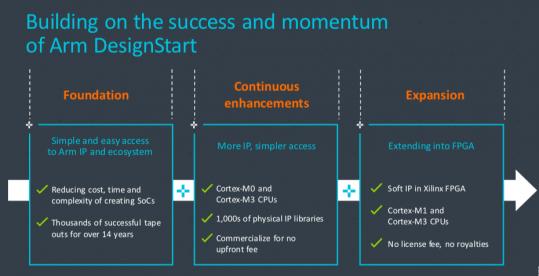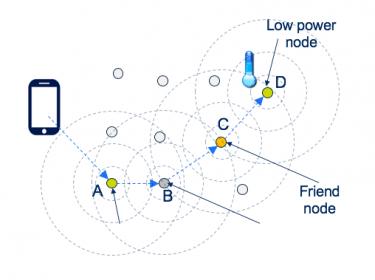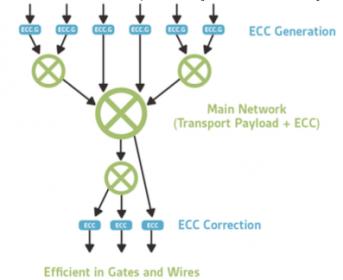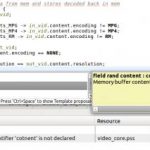I think we’re all familiar with the cloud/edge debate on where intelligence should sit. In the beginning the edge devices were going to be dumb nodes with just enough smarts to ship all their data to the cloud where the real magic would happen – recognizing objects, trends, need for repair, etc. Then we realized that wasn’t the best… Read More
Author: Bernard Murphy
ARM Turns up the Heat in Infrastructure
I don’t know if it was just me but I left TechCon 2017 feeling, well, uninspired. Not that they didn’t put on a good show with lots of announcements, but it felt workman-like. From anyone else it would have been a great show, but this is TechCon. I expect to leave with my mind blown in some manner and it wasn’t. I wondered if the SoftBank … Read More
One Less Reason to Delay that Venture
Many of us dream about the wonderful widget we could build that would revolutionize our homes, parking, health, gaming, factories or whatever domain gets our creative juices surging, but how many of us take it the next step? Even when you’re ready to live on your savings, prototypes can be expensive and royalties add to the pain. … Read More
Accellera Tackles IP Security
I recently learned that Accellera has formed an IP security working group. My first reaction was “Great, we really need that!”. My second reaction was “But I have so many questions.” Security in the systems world is still very much a topic in its infancy. I don’t mean to imply that there isn’t good work being done in both software and… Read More
Mesh Networks, Redux
It isn’t hard to understand the advantage of mesh networking (in wireless networks). Unlike star/tree configurations in which end-points connect to a nearby hub (such as phones connecting to a conventional wireless access point), in a mesh nodes can connect to nearest neighbors, which can connect to their nearest neighbors… Read More
Supporting ASIL-D Through Your Network on Chip
The ISO 26262 standard defines four Automotive Safety Integrity Levels (ASILs), from A to D, technically measures of risk rather than safety mechanisms, of which ASIL-D is the highest. ASIL-D represents a failure potentially causing severe or fatal injury in a reasonably common situation over which the driver has little control.… Read More
Webinar: Multicycle Vectorless Dynamic IR Signoff for Near 100 Percent Coverage
Check this webinar out – Mediatek will share a novel approach to early IR drop estimation. Competition in system design has become even more intense because potential markets are huge and there are more players with deep pockets chasing those markets. Wherever you are in those value chains, you want to shift everything left to accelerate… Read More
Easing Your Way into Portable Stimulus
The Portable Stimulus Standard (PSS) was officially released at DAC this year. While it will no doubt continue to evolve, for those who were waiting on the sidelines, it is officially safe to start testing the water. In fact it’s probably been pretty safe for a while; vendors have had solutions out for some time and each is happy to … Read More
A Fresh Idea in Differential Energy Analysis
When I posted earlier on Qualcomm presenting with ANSYS on differential energy analysis, I assumed this was just the usual story on RTL power estimation being more accurate for relative estimation between different implementations. I sold them short. This turned out to be a much more interesting methodology for optimizing total… Read More
The Robots are Coming!
Moshe Sheier, VP Marketing at CEVA, recently got back from MWC Shanghai and commented that robots are clearly trending. He saw hordes of robots from dozens of companies, begging for someone to brand and offer them in any one of many possible applications: in an airport to guide you to a connecting flight, for elder care, in hospitals… Read More





















Quantum Computing Technologies and Challenges